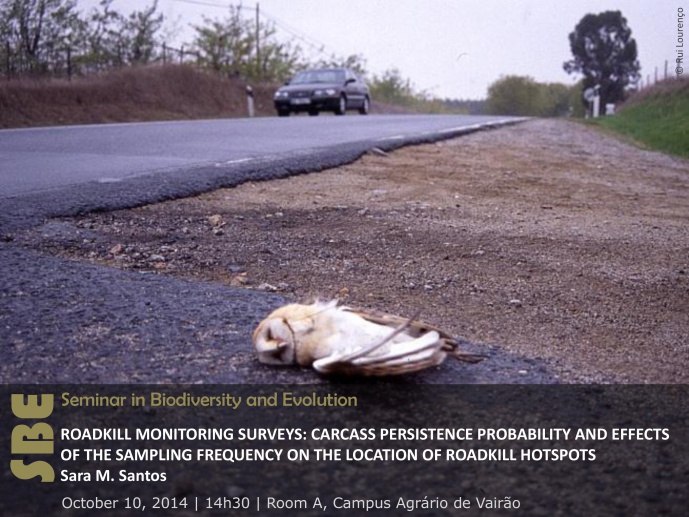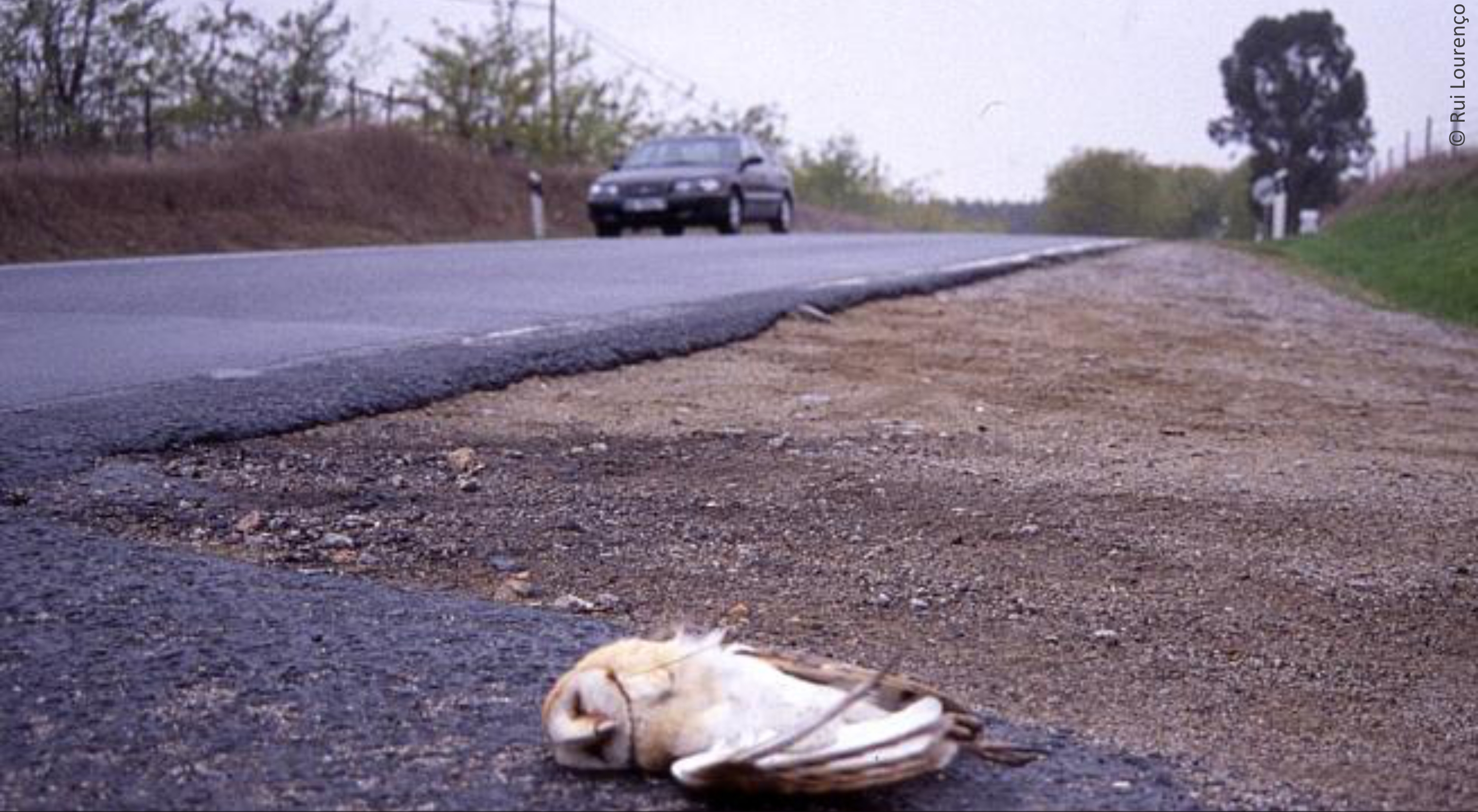ROADKILL MONITORING SURVEYS: CARCASS PERSISTENCE PROBABILITY AND EFFECTS OF THE SAMPLING FREQUENCY ON THE LOCATION OF ROADKILL HOTSPOTS


Roads are responsible for large amounts of wildlife mortality every year. To reduce roadkill rates, many road projects involve the implementation of mitigation measures, such as road crossings for wildlife (e.g. over or underpasses). Since most mitigation structures are expensive, they must be directed preferentially to road segments with high numbers of road-related mortality. Therefore, accurately determining mortality numbers and locating roadkill hotspots (i.e. segments of roads with high animal-vehicle collision rates), is a key prerequisite to develop cost-effective measures to reduce mortality. In this talk I will show results on carcass persistence variation on the road and highlight the effect of sampling frequency on the variation of roadkill estimates from surveys and on the accuracy of hotspots identification for different taxonomic groups.
Graduated in biology by the University of Lisbon, Sara M. Santos holds a MSc in Conservation Biology by the University of Évora, and a PhD in ecology by the University of Lisbon. Currently, Sara Santos is a postdoctoral researcher working at CIBIO-InBIO/University of Évora, within the APPLECOL Group. She is interested in assessing the barrier effect of roads to animal movements and how these structures influence landscape functional connectivity and regional population persistence.
[Group Leader: Pedro Beja, Applied Ecology]
Image credits: Rui Lourenço